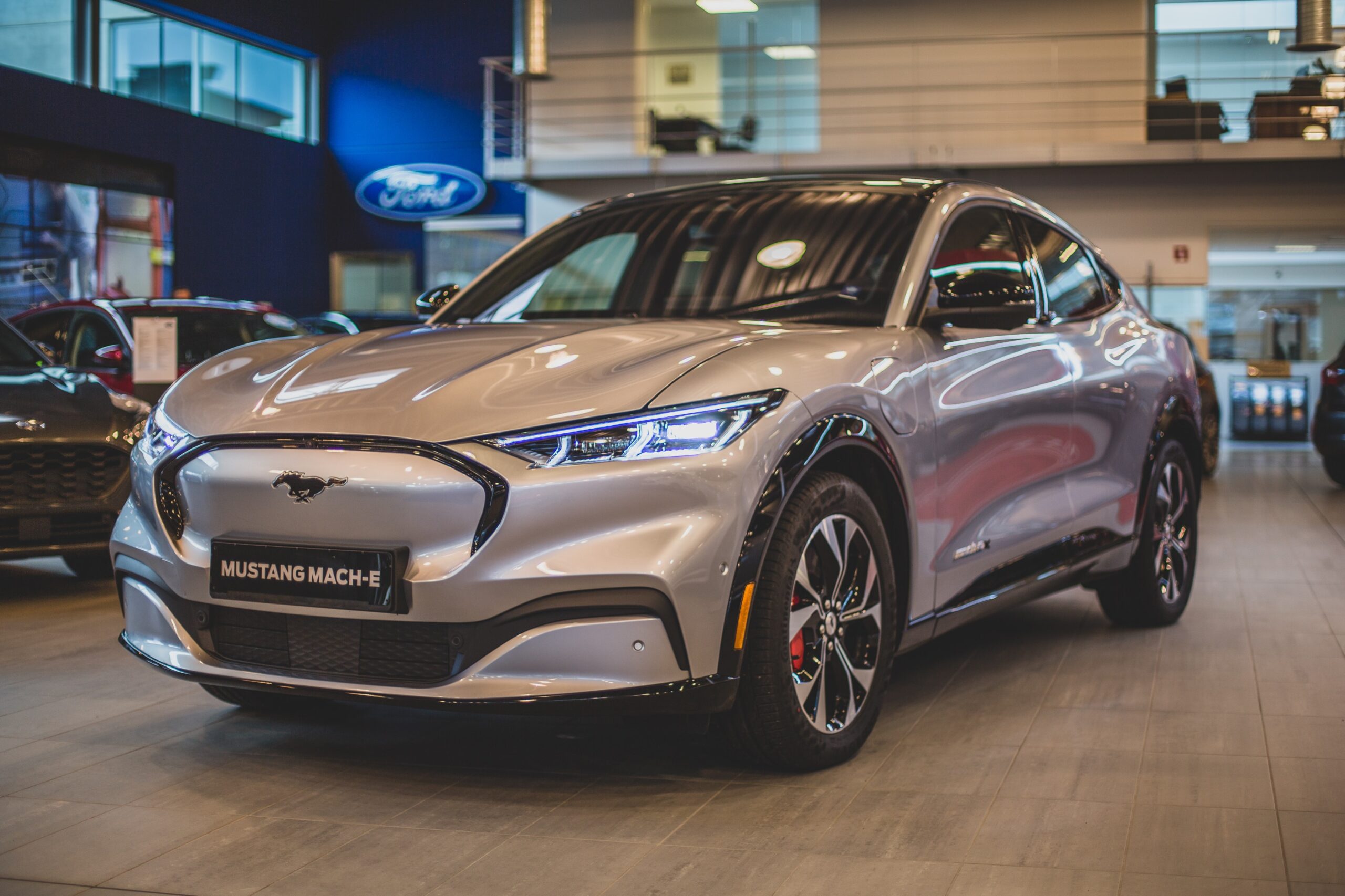As electric vehicles (EVs) become more mainstream, many myths associated with them are quickly dispelled. The fear that EVs wouldn’t be as fast as internal combustion engines (ICE) was dismissed as electric pickup trucks like the Rivian R1T clocked 0–60 times on par with many performance car brands. The notion that they would be confined to compacts was swiftly tossed out the window as car brands have introduced fleets of electric SUVs. And that issue of range anxiety is quickly being alleviated by federal and state initiatives to implement over half a million rapid charging stations by 2030. However, the industry is still struggling to shake off one myth: they’re unsafe.
Due in large part to the press coverage of a series of fires from Tesla and Chevrolet over the past few years, EVs have garnered the reputation of being prone to spontaneous combustion. The fires are often the result of battery malfunctions, known as thermal runaway events, occurring when the chemicals inside the battery overheat and catch fire. Despite how jarring the stories are, these incidents are incredibly uncommon.
Safety Statistics
In a study done by AutoInsuranceEZ, analysts examined ire data from the National Transportation Safety Board to track the frequency at which different types of cars caught fire. The data concluded that hybrids catch fire the most frequently, with approximately 3,475 fires per 100,000 sold, followed by pure ICEs with 1,530 fires per 100,000 sold. Battery EVs only caught fire in 25 instances out of 100,000 sold.
Another study, conducted by the Insurance Institute for Highway Safety (IIHS) compared collision rates, property damage liability, and injury insurance claims between the electric and conventional models of nine different models between 2011 and 2019.
When correcting for miles driven, the electric car reported injury claims that were 40% lower than for identical internal combustion models.
How Design Affects Safety
As a whole, automakers construct EVs differently than ICE cars. For starters, they’re much heavier, and because of this extra weight, occupants are exposed to far fewer forces than a lighter vehicle.
Also, in traditional ICE cars, the vehicle’s hood is occupied by the engine block, which is often the heaviest part of the car. Because electric motors are considerably smaller than their internal combustion counterparts, they take up less space in the hood, which allows for larger crumple zones or areas intended to buckle to cushion the impact of a collision. This space translates into vehicles that are far safer during head-on collisions.
EVs also are almost impervious to rollovers. The battery pack, which is responsible for most of a car’s weight, is positioned underneath the EV’s floor, allowing for a lower center of gravity than traditional ICEs.
Safety Rankings
The IIHS has named multiple EVs in its annual safety ratings list for 2022, many were on the list for numerous consecutive years. Cars like the Ford Mustang Mach-E received a Top Safety Pick ranking three years running. EVs from Audi, Tesla, and Volvo have received the IIHS’s top safety rating, the Top Safety Pick-Plus.
The bottom line is that electric vehicles are incredibly safe. They may not only be the future of the automotive industry, but the future of auto safety.





